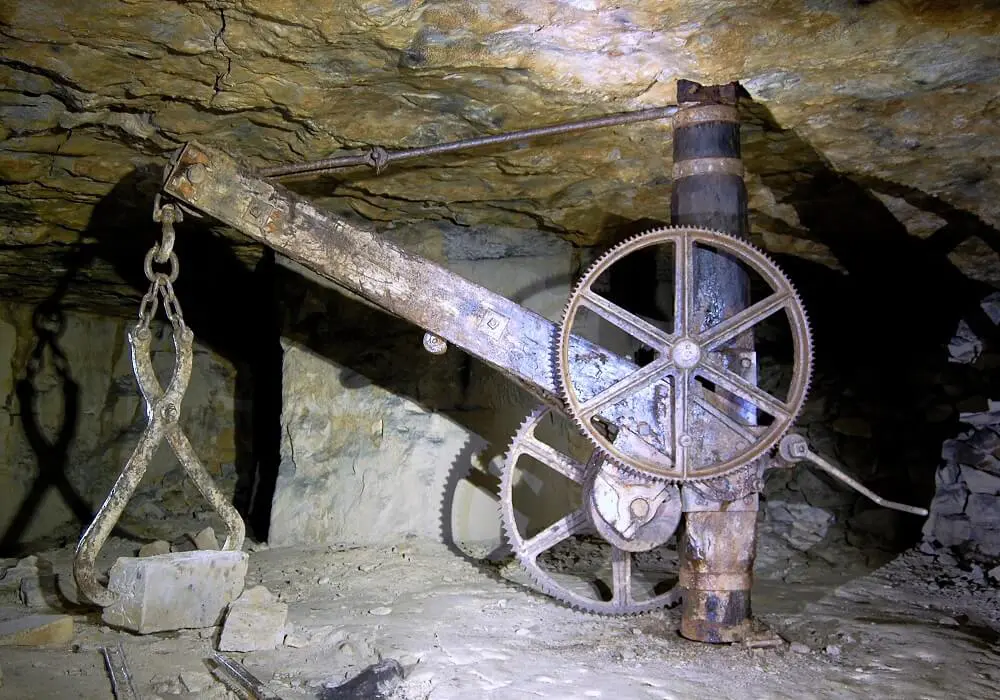Yesterday, Margaret told me that Andy Russell had been trying to reach me but couldn’t. We did, happily, make contact shortly after and Andy, on behalf Gérard, on behalf of Rob, made an awesome local gift – a small shedload of photos of the Combe Down area.
The message said:
“Hi Margaret, sorry to contact you like this but I am unable to send a message to Richard. Gérard Coles, son of the late Robert Coles has given me about 30 pictures of Combe Down and some of its characters. We both agreed that it would be good to get these to someone who can document them and possibly store them in the archive. They are mostly identified on the back. I would like to copy a few and then pass them on to you if that’s ok. Any thoughts?”
Response to the awesome welcome gift:
All I can say is that Andy well underestimated the number of photos (there are actually 83) and, in my opinion, the importance of some of the images. However I’m really glad he persevered, it was worth it.
I’m not going to try describing all, or indeed any, of them – they need to be catalogued, described and listed by someone much more expert than me.
Having said that I shall show a few and look to finding out more about them and all the others.
I’d love to know what you think – even from the few examples.











